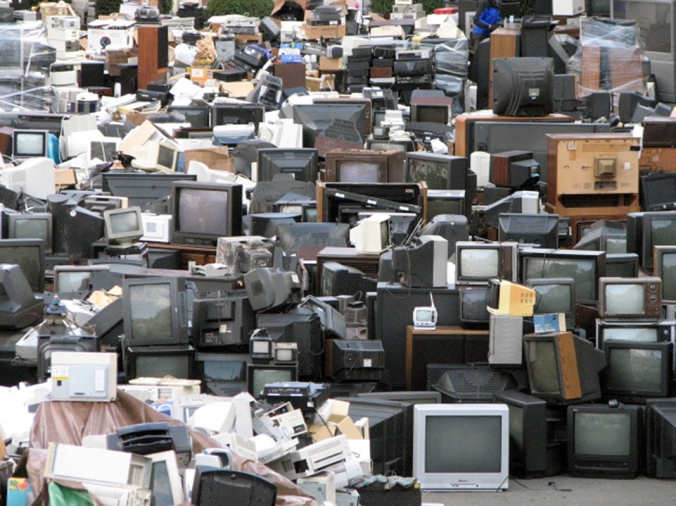There is a movement, one that I have only just found out about (and feel silly for not knowing), called Buy for Life. Instead of buying a pair of $10 shoes once a year, you buy one pair of expensive shoes that will last yours and your grandchildren’s lifetime. Just like that sewing machine that my Grandmother owned, these products, while expensive to begin with, are quality and made to last. The movement optimises the revolutionary action against planned obsolescence, and consumer culture, and is the antithesis of The Philosophy of Futility.
Who does Buy for Life benefit?
The environment: With less products being made, less resources are used for mass production, and less waste through production, consumption and disposal, ergo the environmental impacts are low.
Small business: By supporting small, ethical or local designers, farmers, makers, etc., we create jobs, culture and a style, that mass production takes away from us.
People: We SAVE money by spending money.
Say for 60 years, we buy a pair of mass-produced, $15 shoes and replace them per year (taking into account after our feet have stopped growing and we start buying our own shoes etc.). That’s $900 per year we spend on shoes. That’s just for one pair per year though… I’m not ashamed to admit I have more than one pair of shoes.
Instead if we bought a pair of $200 shoes, made using quality products and methods, they could potentially last us our lifetime.
This is an extreme case, however, I’ve found numerous pairs of quality italian leather shoes at the local op-shop that have been worn for someone else’s lifetime that I now use. I have had them resoled or elasticised but they have lasted.
Question about the philosophy:
What is the impact of reducing mass production on local communities?
Actually, this is a contentious issue that I have not researched but feel as thought it is incredibly important – if anyone knows, I would love to hear from you. What happens to a community who relies heavily on jobs in factories and mass-production when that company is taken away. Many unskilled labourers would be out of work and would put themselves and their families at risk of worse living or working conditions. How can this be done in a sustainable way for the community? Can we implement and increase minimum wages and working conditions? Can we make companies sign ethical business agreements? Can this be aligned with environmental impacts and protection clauses to reduce the use of natural resources and the amount of waste?
Where can you buy for life or find out more? Here.


